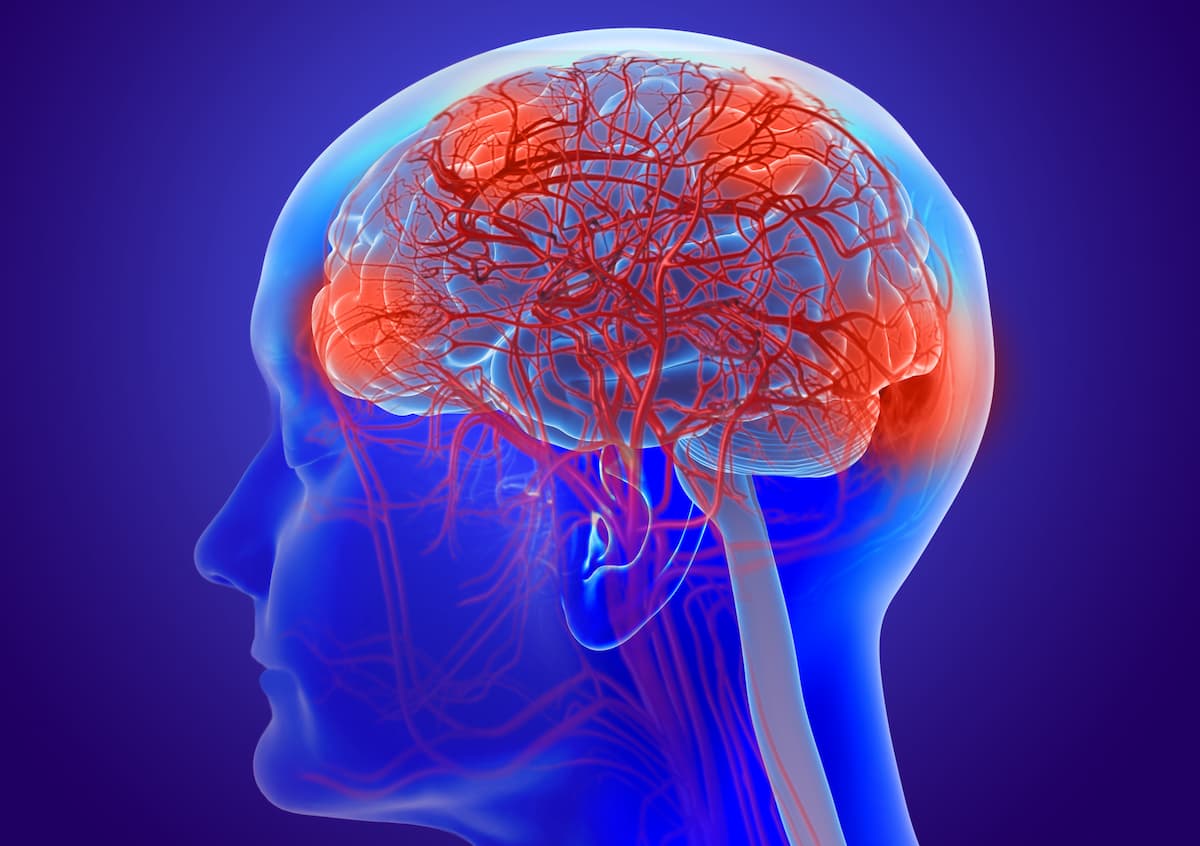PET Imaging Agent Earns FDA Priority Review in Recurrent Glioma
The FDA has set a Prescription Drug User Fee Act date of April 26, 2025, for TLX101-CDx as an imaging agent for patients with glioma.
The FDA previously granted fast track designation to TLX101-CDx for use among patients with progressive or recurrent glioma in April 2024.

The FDA has granted priority review to TLX101-CDx (18F-floretyrosine; 18F-FET; Pixclara) for use as a PET imaging agent for progressive or recurrent glioma, according to a press release from the developer, Telix Pharmaceuticals Limited.1
Developers previously submitted a new drug application for TLX101-CDx for the characterization of recurrent or progressive glioma from treatment-related changes in pediatric and adult patients in August 2024.2 The agency has set a Prescription Drug User Fee Act date of April 26, 2025, for its decision on approving the imaging agent in this indication.
“Telix believes that the FDA approval of [TLX101-CDx] will drive a step-change for brain cancer imaging in the [United States] and bring it into line with a more advanced standard of care currently used in other markets,” Kevin Richardson, chief executive officer at Telix Precision Medicine, said in the press release.1 “There is currently a critical need for better imaging in brain cancer, and Telix is dedicated to delivering precision medicine solutions that address patient needs and enhance both cancer imaging and treatment outcomes.”
Developers designed the investigational PET imaging agent TLX101-CDx to target the membrane transport proteins LAT and LAT2. This dual-targeting function may allow for the use of TLX101-CDx as a companion diagnostic for TLX101 (131I-iodofalan, or 131I-IPA), a novel anti-glioblastoma therapy.
Investigators are currently assessing treatment with TLX101 as part of the phase 1 IPAX-2 trial (NCT05450744) and the phase 2 IPAX-Linz study.
IPAX-2 Study
Investigators of the open-label, single-arm, parallel-group, multi-center IPAX-2 study are evaluating the safety of ascending doses of TLX101 plus standard-of-care therapy for patients with newly diagnosed glioblastoma.3 Patients will receive TLX101 intravenously. The trial’s primary end points are dose-limiting toxicities and the safety and tolerability of TLX101.
Patients 18 to 65 years old with histologically confirmed intracranial glioblastoma after surgical resection are eligible for enrollment on the trial. Other requirements for study entry include having a Karnofsky performance status of 70 or higher, plans to undergo chemoradiation 3 to 6 weeks following surgical resection, and adequate organ function at screening. Patients are also required to have the availability of at least 6 slides without staining or a tissue block from a prior biopsy or surgery.
Developers announced that the first patient had received a dose of treatment as part of the IPAX-2 study in August 2023.4 Investigators are conducting this trial at 6 sites across Australia, New Zealand, and Europe.
IPAX-Linz Trial
In November 2022, developers announced that the first patient had received a dose of TLX101 plus external beam radiotherapy in the phase 2 IPAX-Linz trial.5 The trial will assess this treatment combination among patients with recurrent high-grade gliomas, including those who have glioblastoma multiforme.
Specifically, investigators of the IPAX-Linz trial will continue to assess the benefit of TLX101 in the second-line or refractory setting. The trial has a targeted recruitment population of 10 patients.
The FDA previously granted fast track designation to TLX101-CDx for use among patients with progressive or recurrent glioma in April 2024.6
“There is a critical unmet need to improve the diagnosis and management of glioma, particularly in the post-treatment setting, and we are excited to leverage the clinical experience at the University of California, San Francisco [UCSF] to help make this investigational agent more widely available. [TLX101-CDx] has the potential to help determine if a glioma is truly progressing or undergoing a treatment-induced change, known as pseudo-progression, where MRI—the standard of care—can often be inconclusive,” Thomas A. Hope, MD, a professor of radiology at UCSF, said in a press release at the time of the fast track designation.6
References
- FDA accepts new drug application and grants priority review for TLX101CDx (Pixclara®) brain cancer imaging agent. News release. Telix Pharmaceuticals Limited. October 24, 2024. Accessed October 24, 2024. https://tinyurl.com/ytm76yaa
- Telix submits NDA for TLX101-CDx (Pixclara®) brain cancer imaging agent. News release. Telix Pharmaceuticals Limited. August 28, 2024. Accessed October 24, 2024. https://tinyurl.com/yvbdv54t
- 131I-TLX-101 for treatment of newly diagnosed glioblastoma (IPAX-2) (IPAX-2). ClinicalTrials.gov. Updated July 19, 2023. Accessed October 24, 2024. https://tinyurl.com/yc52sdun
- First patient dosed in IPAX-2 study of TLX101 brain cancer therapy candidate in patients with newly diagnosed glioblastoma. News release. Telix Pharmaceuticals Limited. August 8, 2023. Accessed October 24, 2024. https://tinyurl.com/4swm89sy
- First patient dosed in phase II 'IPAX-Linz' study of TLX101 for glioblastoma therapy. News release. Telix Pharmaceuticals Limited. November 21, 2022. Accessed October 24, 2024. https://tinyurl.com/55wjdsd5
- TLX101-CDx (Pixclara™) granted FDA fast track designation. News release. Telix Pharmaceuticals Limited. April 15, 2024. Accessed October 24, 2024. https://tinyurl.com/2fu33ryy